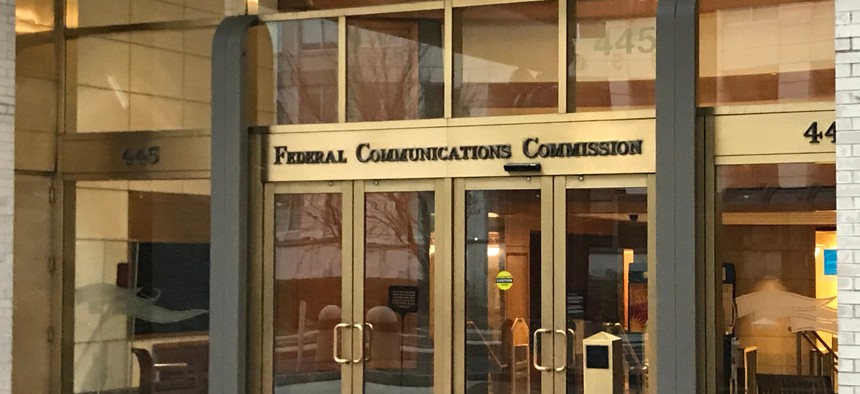Lawmakers Want the U.S. to Enable Increased Use of IoT Devices

DCStockPhotography/Shutterstock
The Internet of Things Readiness Act calls for comprehensive, Federal Communications Commission-steered studies.
House lawmakers put forth bipartisan legislation Thursday that would require the Federal Communications Commission to capture and maintain data on the rapidly growing use of web-connected, 5G-enabled devices—and ultimately determine the amount of electromagnetic spectrum needed to support current and future demands.
Introduced by Reps. Suzan DelBene, D-Wash., and John Katko, R-N.Y., the Internet of Things Readiness Act marks a deliberate push to help the U.S. prepare for what’s anticipated to be a continued boom in the adoption of traffic- and weather-monitoring sensors, smart vehicles and appliances, wearables and other IoT devices that can rely on robust spectrum capacity, the lawmakers confirmed in a press release.
“The explosion in use of IoT devices by families and businesses means we need to ensure we have enough spectrum available to accommodate this growing technology,” DelBene said.
Such devices are deemed in the bill to be those that use “a network to communicate and share data with other devices.”
If passed, the legislation explicitly directs the FCC to produce a report for Congress about six months after the date of enactment—and at least every two years after that—detailing expected growth of those internet-connected devices that use 5G and the spectrum required to enable them.
DelBene and Katko serve as co-chairs of the House Internet of Things Caucus. They introduced a previous version of this bill in 2019, though it did not move forward.
“I believe it is time for the FCC to include Congress in the spectrum planning conversation,” DelBene said. “The United States can’t afford to wait around while other countries are implementing IoT readiness plans. The time for action is now.”
The new legislation was referred to the House Committee on Energy and Commerce.






